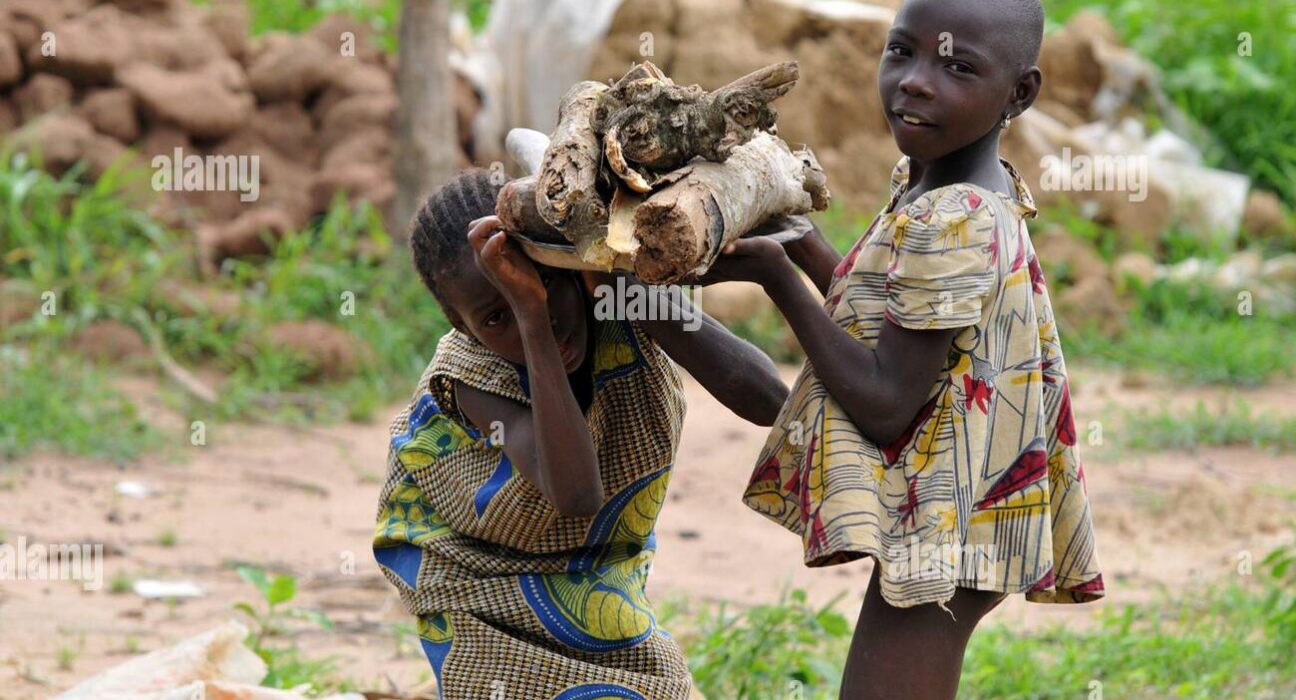From the bustling streets of Kaduna to the vibrant markets of Lagos, Nigeria echoes with the untold stories of children navigating harrowing realities in search of survival. These young souls, some as tender as nine years old, are not merely victims of circumstance but resilient warriors battling against the odds. Their battleground? Dumpsites teeming with danger and despair.
Picture this: under the scorching sun or amidst torrential rains, these children armed with nothing but sheer determination scavenge through heaps of discarded metal scraps, plastic remnants, and rubber debris. Their tiny hands dig through the filth, their eyes scanning for treasures amid the trash. Why do they do it? Poverty’s cruel embrace leaves them no choice but to brave these hazardous terrains in pursuit of a meager income.
In the words of Dr. Piman Hoffman from African Climate Reporters,
“Children are not just collecting waste; they are salvaging slivers of hope from mountains of despair.”
His poignant research underlines a stark reality—these young scavengers form an invisible workforce vital to Nigeria’s recycling ecosystem. Yet behind this economic contribution lies a heartbreaking truth: their innocence is sacrificed at the altar of exploitation.
A veil shrouds this crisis—the lackluster enforcement of child protection laws renders these children vulnerable to insurmountable risks. Despite international agreements advocating for their rights, many remain shackled by circumstances beyond their control. The dire repercussions unfold across generations as poverty perpetuates this vicious cycle.
Amidst this grim landscape stands a glimmer of hope—a chorus led by organizations like UNICEF, Save the Children, and ActionAid Nigeria resonates across policy corridors and grassroots communities alike. Their clarion call for robust reforms reverberates through Nigeria’s heartlands, urging stakeholders to unite in safeguarding these innocent lives.
As voices clamor for change, civil society champions like Child Protection and Survival Initiative plunge into action—rescuing and rehabilitating child scavengers one precious soul at a time. But their battle cries echo louder when bolstered by governmental support, traditional authorities’ advocacy, religious leaders’ influence, and media’s power to spotlight hidden narratives.
The role played by journalists transcends mere reportage—it transforms into a beacon illuminating darkened alleys where these children languish unseen. By weaving compelling narratives grounded in empathy and integrity, media practitioners ignite conversations that propel societal shifts towards safeguarding vulnerable youth.
Beyond headlines lie intertwined destinies awaiting redemption—public awareness campaigns fueled by community engagement sow seeds of change destined to blossom into avenues protecting childhoods from exploitation’s grasp. Every voice raised becomes a brick laid in constructing fortresses shielding children from life’s harshest blows.
Child scavenging isn’t a standalone issue; it mirrors systemic failures ingrained deep within societal frameworks demanding urgent redressal. These children aren’t statistics but living testaments pleading for dignity restored and futures reclaimed from shadows cast by neglect.
To rewrite this narrative demands more than fleeting gestures—it necessitates concerted efforts uniting policymakers with grassroots activists in forging pathways leading towards transformational change. Education emerges as our sword against ignorance while stringent enforcement acts as our shield warding off predatory forces preying on innocence.
The clock ticks relentlessly—the urgency gripping each moment underscores that delays imperil countless tomorrows hanging precariously on fragile threads woven from neglect’s fabrications. As we stand at this crossroads fraught with perilous choices, let us choose compassion over apathy and action over indifference—for every child deserves more than sustenance; they merit dreams unfettered by society’s failings.END

